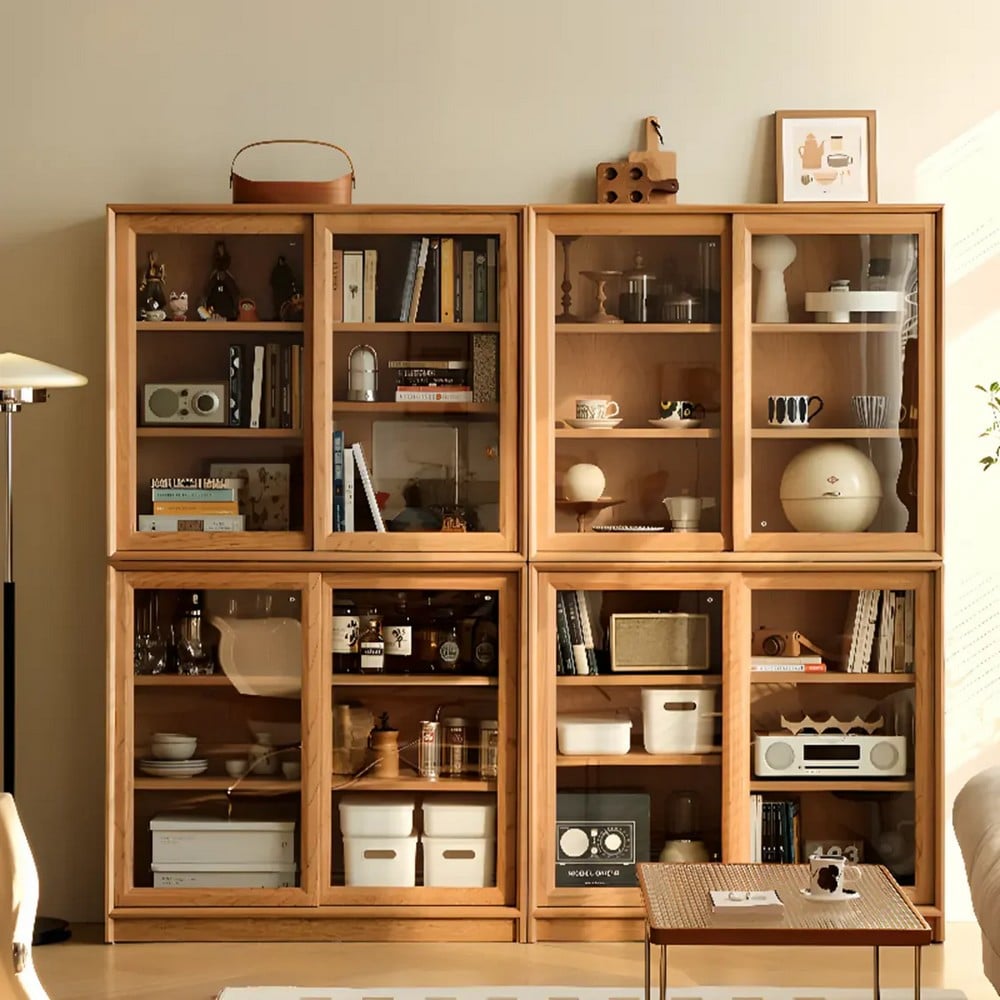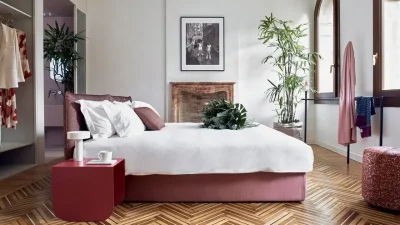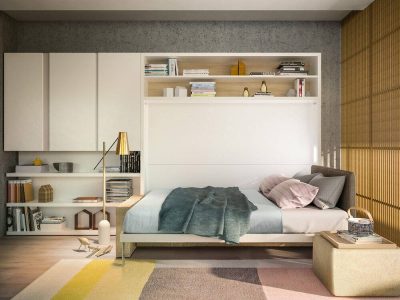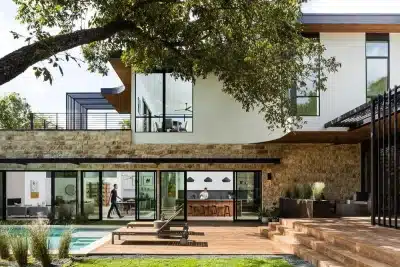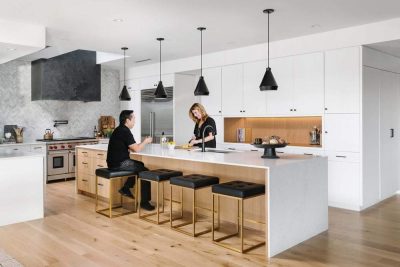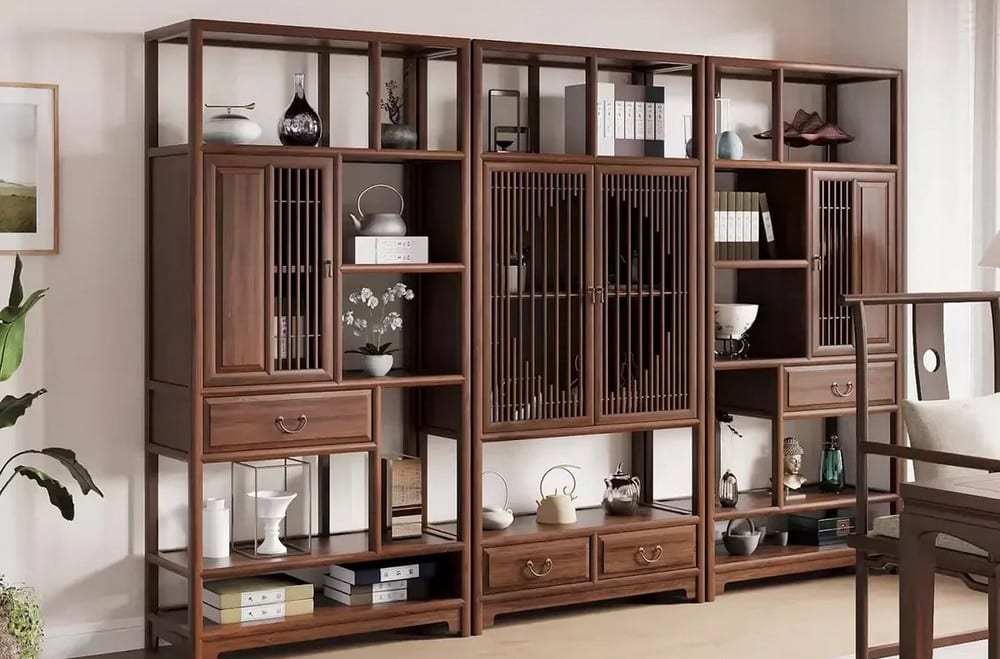
Organizing displays of their priceless objects is more for collectors than simply for organizational purposes; it is also about commemorating love, preserving history, and sharing beauty.
The proper display cabinet is absolutely essential whether you have a large variety of antiques as an experienced collector or you’re a beginner displaying a meticulously organized selection of figurines. It’s more than just a storage solution; it’s a safe haven and a beautiful stage that elevates your treasures from ordinary objects to cherished artifacts. From the size and type of your collection to the aesthetics of your home décor, selecting the right display cabinet entails thoughtful evaluation of many factors. This comprehensive guide will help ensure your collection is showcased in the best possible light while remaining safe and secure.
I. Understanding Your Collection: The Foundation of Your Choice
Before you start browsing online marketplaces or visiting furniture stores, take time to thoroughly understand your collection. This crucial first step will guide every subsequent decision so that you choose a cabinet that truly suits your items.
Appreciating the Nature and Sensitivity of Your Treasures
If your collectibles are especially delicate—made of materials like glass, porcelain, or thin metal—this will influence your choice of cabinet material, door type (solid or glass), and the need for padding or secure mounting within the cabinet.
Some artifacts are highly sensitive to environmental factors like light, moisture, and temperature. For instance, paper items exposed to direct sunlight may fade or discolor. Choose a cabinet with UV-protective glass or position it away from direct sunlight. Consider a cabinet with good ventilation or even a dehumidifier if your items are sensitive to humidity—such as those made from wood or metal.
Regarding cabinet materials, ensure they are compatible with your collection. Acidic woods can corrode certain metals over time. If you’re displaying metal artifacts, use a non-acidic cabinet liner or acid-free barrier paper.
Weight Considerations: Ensuring Structural Integrity
Weigh each item in your collection—especially the heaviest—and add the totals to estimate the load your shelves need to support.
- Shelf Capacity: Check the weight limit for each shelf as specified by the manufacturer. Exceeding this limit can lead to sagging, warping, or total collapse.
- Material Selection: Choose shelves made from strong materials such as solid wood, tempered glass, or reinforced metal. Avoid weaker options like particleboard for heavier items.
- Weight Distribution: Ensure weight is distributed evenly. Place heavier items near the bottom or close to the cabinet’s main supports.
Tailoring the Display for Different Types of Collectibles
- Figurines and Sculptures: Use adjustable shelves to accommodate various heights and weights. Proper lighting enhances detail and visual interest. Rotating cases allow full 360° viewing.
- Books and Manuscripts: Protect with sealed storage and UV-protective glass. Use acid-free backings to prevent deterioration.
- Coins and Medals: Use angled shelves or individual holders. Overhead lighting helps highlight fine details.
- Sports Memorabilia: These often require custom mounts. Balls and helmets can be displayed on pedestals; jerseys look great in shadow boxes.
- Jewelry and Small Items: Mirrored backs enhance sparkle and create depth. Lockable cabinets provide extra security.
II. Defining Your Space: Integrating the Cabinet into Your Home
Your display case should not only showcase your collection but also blend seamlessly with your home décor. Thoughtful space planning ensures both function and aesthetics.
A. Measuring and Planning
Use a tape measure to determine the dimensions of the available space. Consider not only floor area but also height, especially for tall cabinets.
- Traffic Flow: Ensure the cabinet doesn’t obstruct pathways or make the room feel cramped. Leave enough room to move comfortably.
- Door Swing: Account for the radius of hinged doors so they don’t hit walls or nearby furniture.
- Visualization Tools: Use online room planners or simple sketches to visualize the cabinet’s placement.
B. Aesthetic Harmony: Blending with Décor
- Identify Your Style: Determine your home’s main design theme (modern, traditional, rustic, etc.). Choose a cabinet that complements this style in color, shape, and materials.
- Color Matching or Contrast: Depending on your goal, select a cabinet that either blends in or serves as an accent piece.
- Material Consistency: Keep the same materials throughout the room. Choose a wooden display cabinets for collectibles if your other furnishings are constructed of wood. If your space is more modern with glass and metal accents, a metal-framed cabinet with glass shelves may suit better.
- Architectural Features: Consider room elements like flooring, trim, or moldings to ensure visual cohesion.
C. Lighting: Highlighting Your Precious Items
- Natural Light: Assess the natural lighting in the room. Avoid placing sensitive items in direct sunlight.
- Artificial Light: Supplement natural light with built-in lighting or external fixtures like spotlights or track lights.
- Color Temperature: Cool white light (4000–5000K) suits items with cool tones, while warm white (2700–3000K) is ideal for warm-colored items.
- Light Placement: Top-down lighting casts shadows; under-shelf lighting can emphasize texture and detail. Experiment for the best effect.
III. Evaluating Cabinet Features: Protection and Functionality
Beyond appearance, a cabinet’s features play a vital role in protecting your collection and enhancing its presentation.
A. Materials: Protection, Durability, and Aesthetics
- Wood: Classic and elegant. Opt for hardwoods like oak, maple, or cherry for durability. Choose a finish that complements your collection.
- Metal: Offers a modern, industrial feel. Look for powder-coated or rust-resistant options.
- Glass: Maximizes visibility. Use tempered glass for added strength. UV-protective glass helps prevent fading.
- Acrylic/Plastic: Lightweight and affordable but more prone to scratching. Best for low-value or temporary displays.
B. Door Types: Security and Accessibility
- Glass Doors: Offer visibility while protecting from dust.
- Solid Doors: Hide contents—suitable for less attractive items.
- Sliding Doors: Save space compared to hinged doors.
- Lockable Doors: Essential for valuable items.
C. Lighting Options: Enhancing Display Quality
- LEDs: Energy-efficient, long-lasting, and available in various colors.
- Halogen Lamps: Bright and enhance color but produce heat.
- Placement: Consider top, side, and shelf-integrated lighting to create the desired visual effect.
D. Safety Features: Protecting Your Investment
- Locking Mechanisms: Crucial for expensive or sentimental items.
- Reinforced Glass: Provides better break resistance.
- Alarms or Motion Sensors: Optional for additional security.
Conclusion
Choosing the right display cabinet for your collection is both a functional and emotional investment. By understanding your collection, evaluating your space, assessing cabinet features, and setting a clear budget, you can find a display solution that beautifully showcases your passion and brings lasting value to your home. Remember: a well-chosen display cabinet is not just a piece of furniture—it’s a reflection of your personal story.
